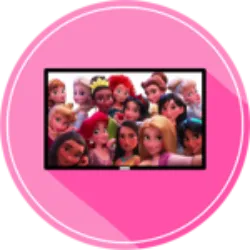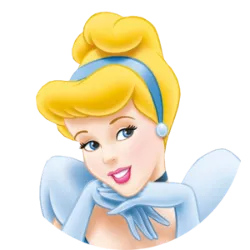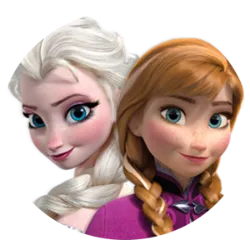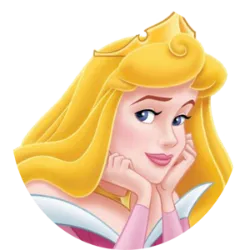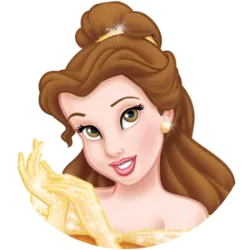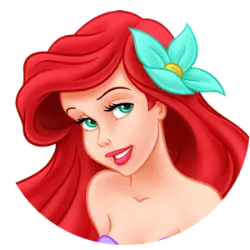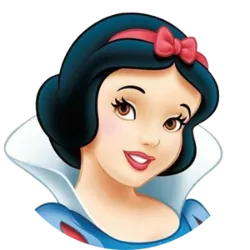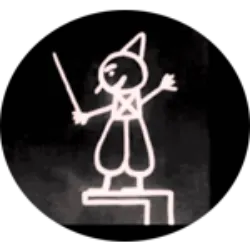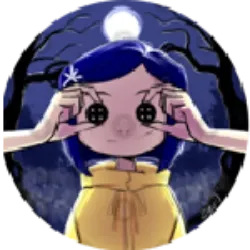The Origin of Princess Cartoons
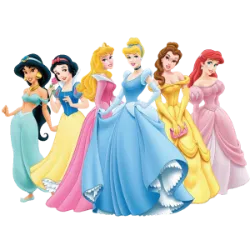
The idea of creating animated films about Disney princesses emerged in the early 1930s, when Walt Disney and his team of animators began to explore new possibilities for their productions. The great milestone was Snow White and the Seven Dwarfs (1937), the first animated feature film in history. Inspired by the classic tale by the Brothers Grimm, the film was a resounding success, paving the way for Disney to invest more in stories involving charming female characters.
In the following years, Disney continued to expand its repertoire of princesses with Cinderella (1950) and Sleeping Beauty (1959), both based on popular tales known worldwide. The formula that captivated the public was simple: brave, kind princesses with a touch of magic, usually accompanied by stories of overcoming adversity and true love.
Over time, the idea of creating a line of Disney princesses evolved, and in the 1980s, "Disney Princesses" was officially created, a brand that brought together the most iconic characters. The princesses, such as Ariel from The Little Mermaid (1989), Belle from Beauty and the Beast (1991) and Mulan (1998), came to represent empowerment and transformation, enchanting new generations. The concept of Disney princesses, more than just movie characters, became a cultural phenomenon that endures to this day.
Fun Facts About Princess Jasmine
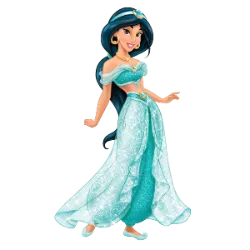
Princess Jasmine, from the film Aladdin (1992), was one of Disney's most revolutionary characters, both for her personality and her origins. She was inspired by the character from the Arabian tale One Thousand and One Nights, but received a modern and independent touch, reflecting a woman who defies the traditions of her kingdom.
Originally, Jasmine was designed to be a more “real” princess with more freedom, unlike previous Disney princesses. She is the first Disney princess who does not wait to be rescued, but rather takes control of her life and decisions. The character is one of the first to show concern with the restrictions imposed by her status as a princess, seeking a life beyond the palaces.
In addition, Jasmine was one of the first princesses to have a look that was different from the traditional ones, with clothes inspired by Arabian cultures, and a skin tone that was not often seen in Hollywood animations. Her relationship with the protagonist Aladdin was innovative, showing a more egalitarian couple, where both are protagonists of the story.
The character quickly became an icon of female empowerment, being remembered for her courage, intelligence and for breaking cultural barriers. In 2019, she gained a live-action version, played by Naomi Scott, maintaining her relevance in new generations.
Test yourself with one of these challenges 👇
Discover some interesting facts about Disney Princesses
Raya: Warrior Princess
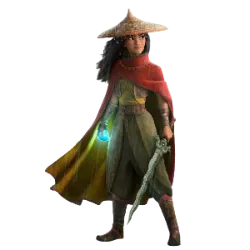
Princess Raya, the protagonist of the film Raya and the Last Dragon (2021), is one of the newest characters in the Disney princess line, but her creation brings a unique approach. Unlike previous princesses, Raya is not defined solely by her role as a princess, but as a warrior and protector of her kingdom, Kumandra. Her story, set in a world inspired by Southeast Asia, was designed to bring a more diverse and modern representation of Eastern cultures.
Raya's creation aimed to show a new type of heroine: courageous, independent and with a strong sense of justice. She was conceived based on a concept of “collaborative leadership”, as the plot involves the struggle to unite different nations and fight an evil force. The character is also notable for not following the stereotype of a traditional princess, being a skilled fighter and on a journey of self-discovery.
The film took great care to respectfully represent Asian cultures, with a team of cultural consultants working to ensure accuracy in the details and traditions portrayed. The animation was a landmark for bringing to light a female protagonist who is both a leader and a friend, challenging the idea that princesses need to be rescued.
Fun Facts About Princess Mulan
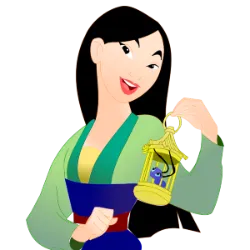
Mulan, one of Disney's most iconic princesses, was inspired by the true story of a young Chinese girl who, according to legend, disguised herself as a man to fight in her father's army. The original story comes from the Chinese poem Ballad of Mulan, which dates back to the 6th century. She portrayed a brave and fearless woman who defied the norms of her society to save her family.
In the Disney film, released in 1998, Mulan does not fit the typical standards of the company's princesses, being a heroine not only for her beauty, but for her bravery and intelligence. She defied tradition by going to war, showing that true strength comes from within. The production was a landmark in bringing Chinese culture to the forefront, with a memorable soundtrack, including the famous song Reflection, which became an anthem of self-discovery.
Despite criticism that the film did not fully reflect Chinese culture, Mulan is still admired as a symbol of female empowerment and courage. In 2020, the film gained a live-action version, further bringing to light his legacy as one of Disney's most inspiring figures.
Prior to Snow White and the Seven Dwarfs
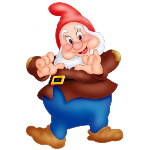
Prior to Snow White and the Seven Dwarfs, many critics and film industry executives considered animation to be suitable only for short comedy films. But the success of "Snow White" proved that animation could be used to tell an exciting and complex story. The idea of making a film about "Snow White and the Seven Dwarfs" was not originally Disney's. In fact, the story was based on a folktale by the Brothers Grimm.
Brave: The Origin and Curiosities
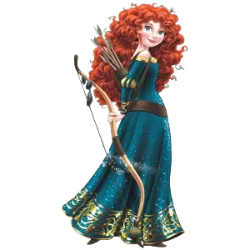
Brave brought to the world Princess Merida, a young Scottish girl with curly red hair who became the studio's first female protagonist. Unlike the classic Disney princesses, Merida is not looking for a prince charming, but rather her independence and the right to decide her own destiny. The film is set in the Scottish Highlands, and its story was inspired by Celtic folklore, with elements of magic, traditions and Scottish legends.
The creation of Merida began with director Brenda Chapman, who based the relationship between Merida and her mother, Queen Elinor, on her own experience with her daughter. Chapman became the first woman to direct a Pixar film, but was replaced during production by Mark Andrews, although she remained credited.
One of the film's biggest technical challenges was the animation of Merida's hair. Each strand was created individually, resulting in about 1,500 strands of hair, requiring new software to simulate their natural movements. Additionally, Brave was the first Pixar film to have a plot centered on a mother-daughter relationship, something rare in the studio's animations.
Interestingly, Merida is the only Disney princess without a romantic interest, reinforcing the message of self-acceptance and freedom.
Cinderella: The Origin and Curiosities
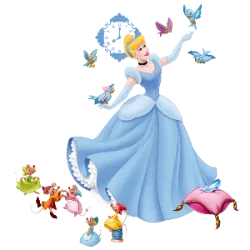
Cinderella is one of the most famous fairy tales in the world, but few know that its origins date back more than two thousand years. The first known version appeared in China around the 9th century, with the story of Ye Xian, a kind young girl who receives magical help to escape the tyranny of her stepmother. In the 17th century, the French writer Charles Perrault popularized the Western version that we know today, including iconic elements such as the fairy godmother, the pumpkin carriage and the glass slipper. Later, the Brothers Grimm retold the story in a darker version, where the evil stepsisters even mutilate their own feet to fit into the shoe.
The most famous adaptation came with the Disney animation, released in 1950, which cemented Cinderella as a pop culture icon. The film was a huge success, saving Disney Studios from bankruptcy after World War II. Interestingly, the dress transformation scene was one of Walt Disney's favorites and required innovative animation techniques.
The glass slipper is one of the most striking details in the story, but its choice may have come from a translation error. Some scholars believe that Perrault intended to describe squirrel-skin shoes ("vair"), but the word was confused with "verre" (glass). Regardless, the glass slipper has become a symbol of magic and hope.
Test yourself with one of these challenges 👇
HOME
